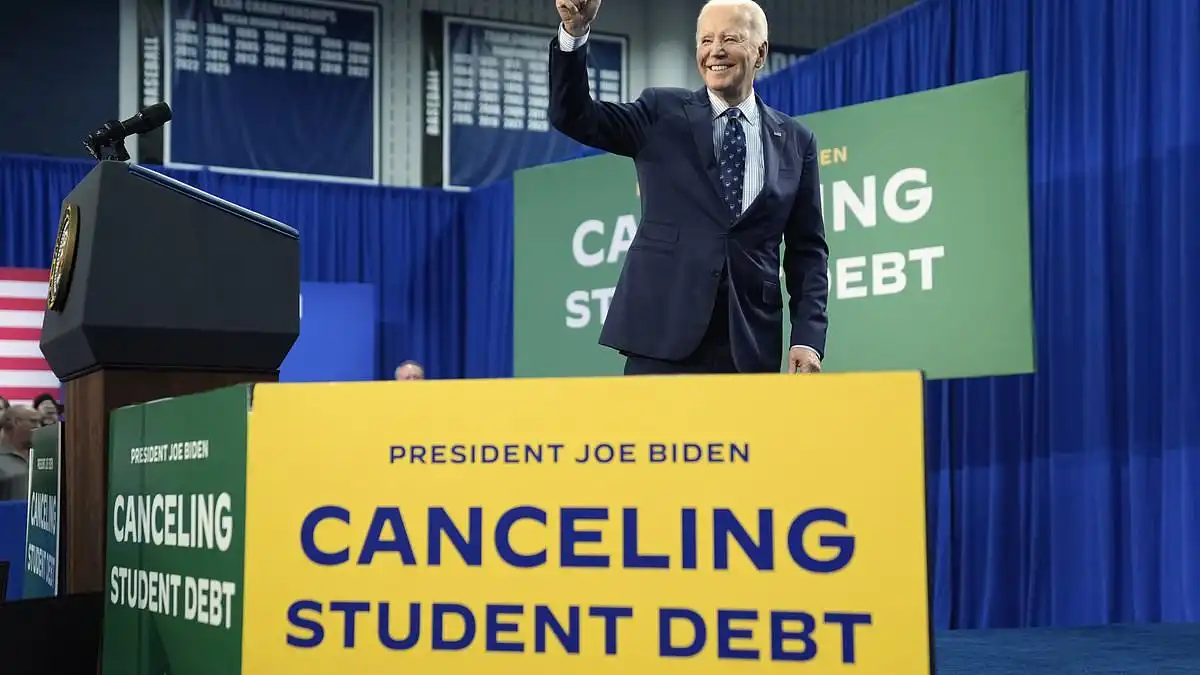Who is ACTUALLY paying for the $153B student loan forgiveness
White House cancels $153 billion in student loan debt, GOP criticizes move, experts warn of economic implications and taxpayer costs.
The White House recently announced another round of student loan debt cancellation, bringing the total amount forgiven to $153 billion for approximately 4.3 million borrowers since President Biden took office. Republicans have criticized this ongoing effort as an attempt to secure votes ahead of the presidential election, arguing that it is unfair to taxpayers who did not attend college or have already repaid their loans.
However, the implications of forgiving student loan debt extend far beyond political maneuvering. According to Marc Goldwein, senior policy director for the Committee for a Responsible Federal Budget, while immediate tax increases are not expected due to loan cancellation, the impact on the public is significant as it effectively shifts the debt burden from individuals to the federal government. When factoring in the debt to be canceled under the president's SAVE plan and interest forgiven during the pandemic, the total amount of debt forgiven is estimated to be closer to $600 billion.
The economic effects of wiping out student loan debt could lead to increased demand and higher inflation, ultimately spreading costs to all consumers through higher prices. This move would also necessitate increased issuance of bonds by the U.S. government, diverting funds from private sector investments. As borrowing continues, the federal deficit and debt are expected to rise, potentially leading to future tax increases or cuts in government spending that could impact a wide range of Americans.
Critics of the student loan forgiveness plan, such as Republican House Speaker Mike Johnson and Senator Joni Ernst, have labeled it as socialism and a burden on hardworking Americans. However, supporters argue that it provides borrowers with economic relief and the opportunity for upward mobility. The Biden administration has vowed to continue efforts to cancel student loan debt, with additional actions announced that could impact over 30 million borrowers.
Despite legal challenges from 18 Republican-led states and cost estimates varying between $156 billion and $230 billion over a decade, the administration remains committed to its student loan forgiveness initiatives. The long-term effects on higher education institutions and future students remain uncertain, with questions arising about potential increases in tuition costs and borrowing behavior in response to the promise of debt forgiveness. Ultimately, the decision to cancel student loan debt carries significant economic and social implications that will shape the future of higher education financing in the United States.












Comments on Who is ACTUALLY paying for the $153B student loan forgiveness